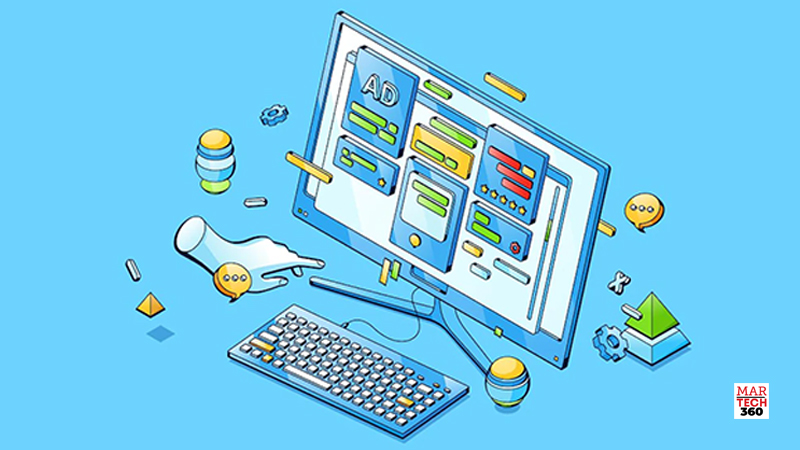The pandemic created a massive shift in consumer behavior, making them more willing to switch brands, more likely to shop online and via other channels, and more likely to express negative feelings about a brand. These changes in consumer behavior have made brand building even more important and driving consideration, where consumers are open to switching brands, is of paramount importance.
more likely to shop online and via other channels, and more likely to express negative feelings about a brand. These changes in consumer behavior have made brand building even more important and driving consideration, where consumers are open to switching brands, is of paramount importance.
But the hype around performance marketing and obsession with driving demand can lead marketers to skip crucial steps required to eventually sell customers on your solutions when they’re ready to buy.
Of course, the end goal of almost every marketing dollar is to eventually convert an audience to buy your products or solutions. But it remains true that it is very hard (read: impossible) to get someone to purchase something if they are not aware of it, or have a good understanding of its benefits.
Brand building is the art and science of moving consumers down the entire funnel, and therefore any discussion around brand –or measurement of brand investment– should focus on the consumers acquired or retained and not on the units sold. Brand investment remains crucial for all marketers–and advances in measurement now mean there are more scientific ways to learn whether your current branding is moving the needle.
Why brand building is both an offensive and defensive activity
Most think of brand building throughout the funnel as a necessary offensive strategy, e.g., spending money to ensure your brand is in front of consumers as they are making purchasing decisions. But it is also a defensive mechanism as no brand building happens in a vacuum. If you fail to invest in your brand building, and your competitors don’t, your competitors will not falter and will steal existing market share from you.
Put another way, lack of brand building doesn’t just mean no growth, it means brand decline as your competitors spend.
With the established importance of the offense and defense of the brand-building funnel, and the focus on reaching and engaging with the consumer to increase brand outcomes, not on the end-game of sales outcomes–now what? Make sure it’s effective.
Read More: How to Enhance Customer Experiences with PR
Ensure you are set up correctly to focus on the full brand-building funnel
Far from being a vague or unquantifiable marketing activity, brand building is measurable, provided you follow the right frameworks to do brand building right. Here are some ways to make sure you can maximize brand building to ensure the efficacy of your brand investment.
Position Your Brand: Many brand-building initiatives fail not because the strategy was poor but rather a lack of work done to position the brand in the first place. While many of the below may seem like obvious building blocks, these are all pre-campaign table stakes to make sure you break through the clutter and garner potential consumer attention when you actually get to market. It’s imperative brands:
- Identifying the right audiences
- Understanding their pain points
- Knowing what imagery, tie-ins, and personalities sway their decisions
- Conduct competitive research to understand to which messaging your target audiences are already exposed
- Identify the media channels for brand building messaging
Associate Brand KPIs with the funnel: As mentioned earlier, consumers can’t buy what they don’t know exists. All sales begin with awareness, often through large media campaigns. It’s the reason why so many brands swing for the moon by devoting a significant percentage of their budget on a Super Bowl ad. Now you can argue whether that is a good investment or not, but they do it because there are few other media opportunities where so many eyeballs will be receptive to learning about a new company, brand, solution, or service.
It’s also the reason why brands in commodity industries or those where it’s hard to differentiate between products (e.g., insurance, telecommunications) dominate the airwaves as a way to remain top of mind when consumers start thinking about purchasing). Repetition works in brand building.
Done well, brand building sticks with a consumer well beyond the initial exposure. KFC’s Finger lickin’ good, Kay’s Every Kiss Begins with Kay, and GEICO’s 15 minutes or less are all great examples of brand building that remains with consumers well after any one campaign ends. Good brand building doesn’t just drive one-time awareness; it remains with consumers, traveling down the brand funnel towards awareness and consideration. Ultimately brand building improves reputation (favorability) and nudges consumers towards your brand when it’s time to make a choice (intent).
Defend Your Brand KPIs: Without brand advertising, you’ll see brand decay across all your KPIs among your customer set. Especially if you are a challenger brand, you can be subsumed by competitors’ spending, making their brands, and not yours, top of mind to consumers.
Measure Your Brand Building: Measurement of brand building has grown leaps and bounds. It is now possible to measure the impact brand advertising has throughout the funnel and understand the long-term impact on your brand-specific audience(s). Brands can access real-time dashboards that track the success of media across all channels (e.g., digital, linear, addressable and CTV). Since you put in the work identifying the right audiences, it’s easy to follow up to confirm you reached those audiences and turned a healthy number of them into future customers.
There’s a reason why brands spend $560 billion annually on global advertising. Brand building still works because it has a lasting impact, and there is no purchase without awareness, consideration and intent. The most important thing is to make brand building work for you by being structured, actionable and, most of all, measurable.
Read More: Need to Know 2022 mCommerce Insights for Fashion Retailers


Comments are closed.